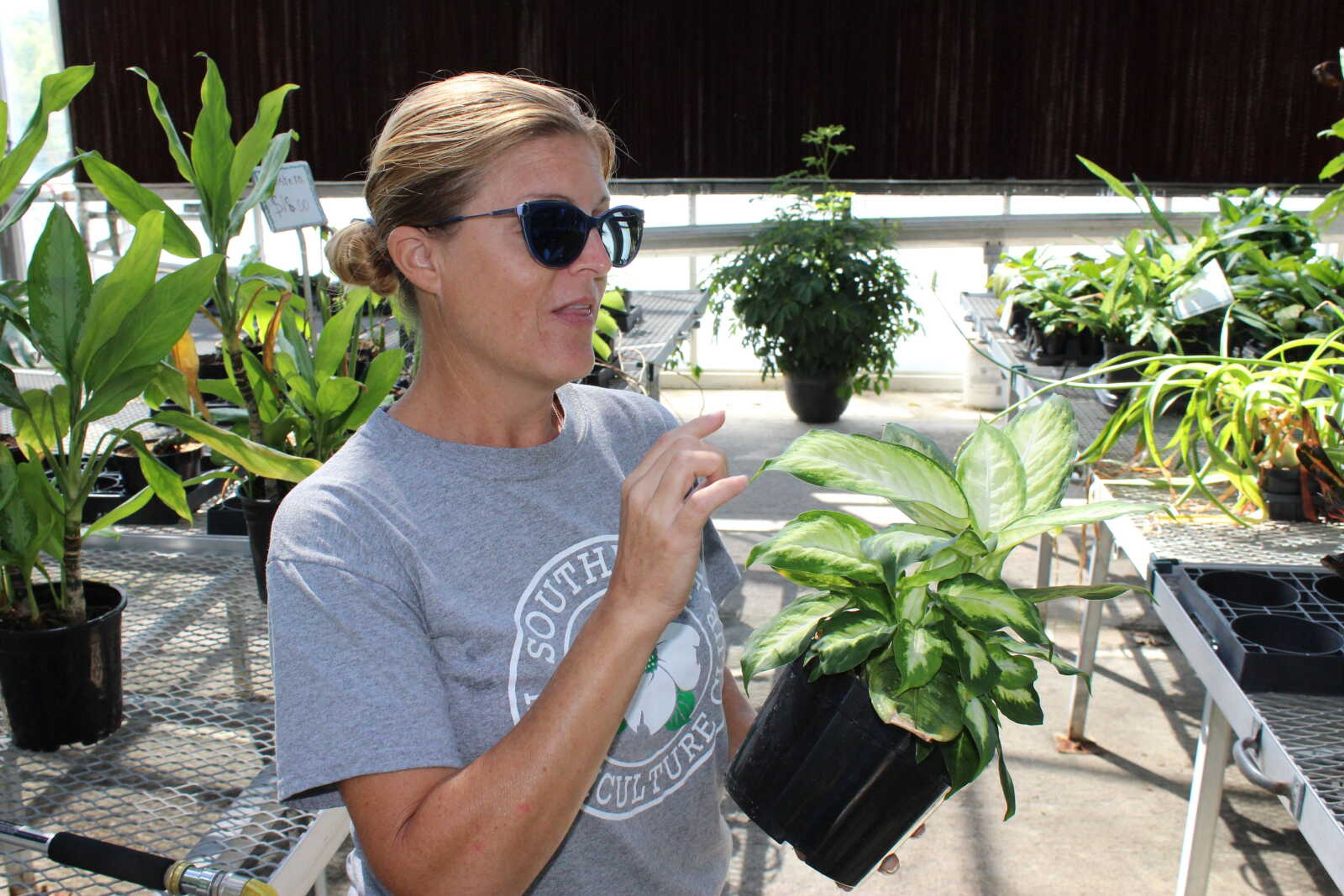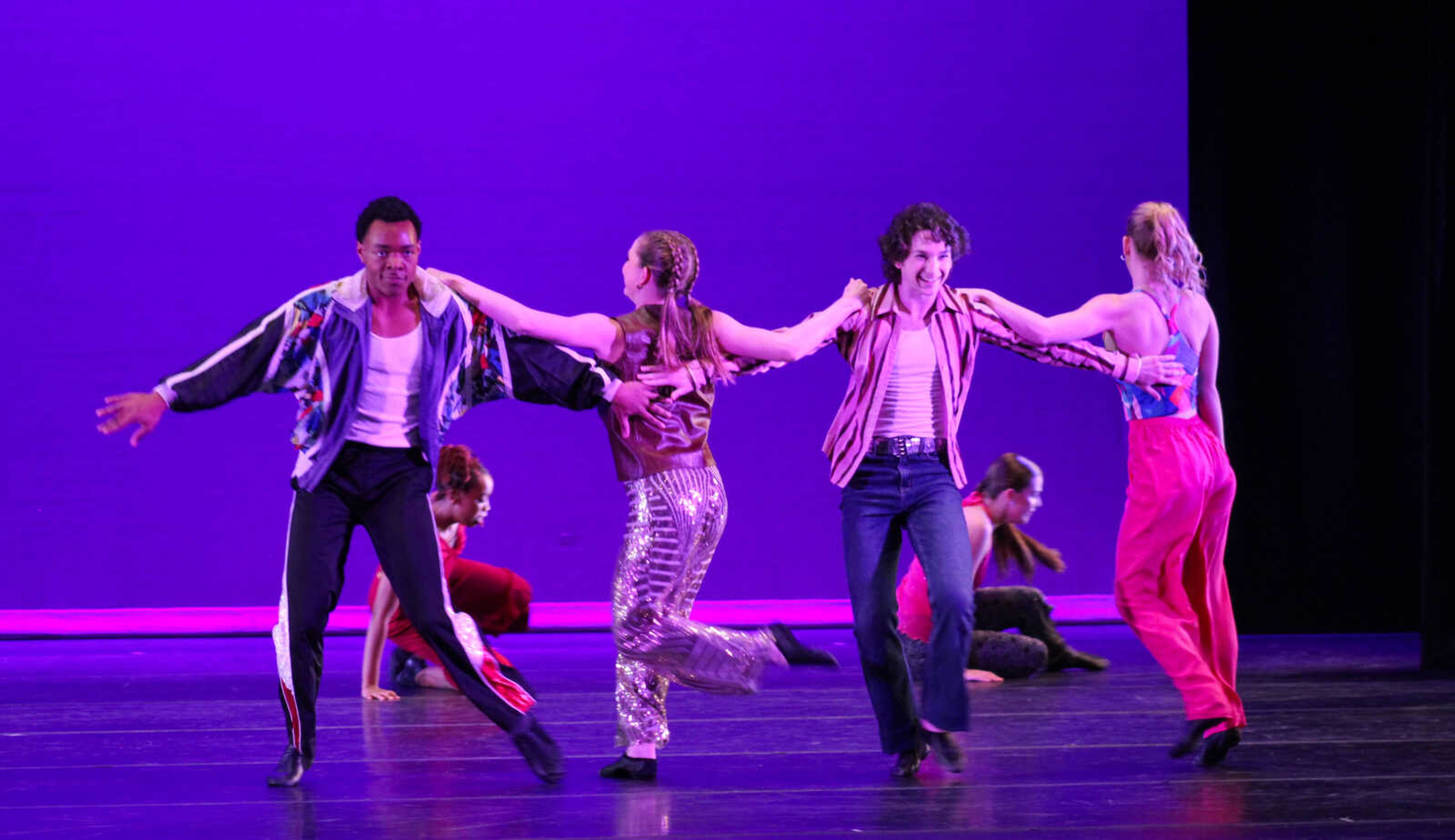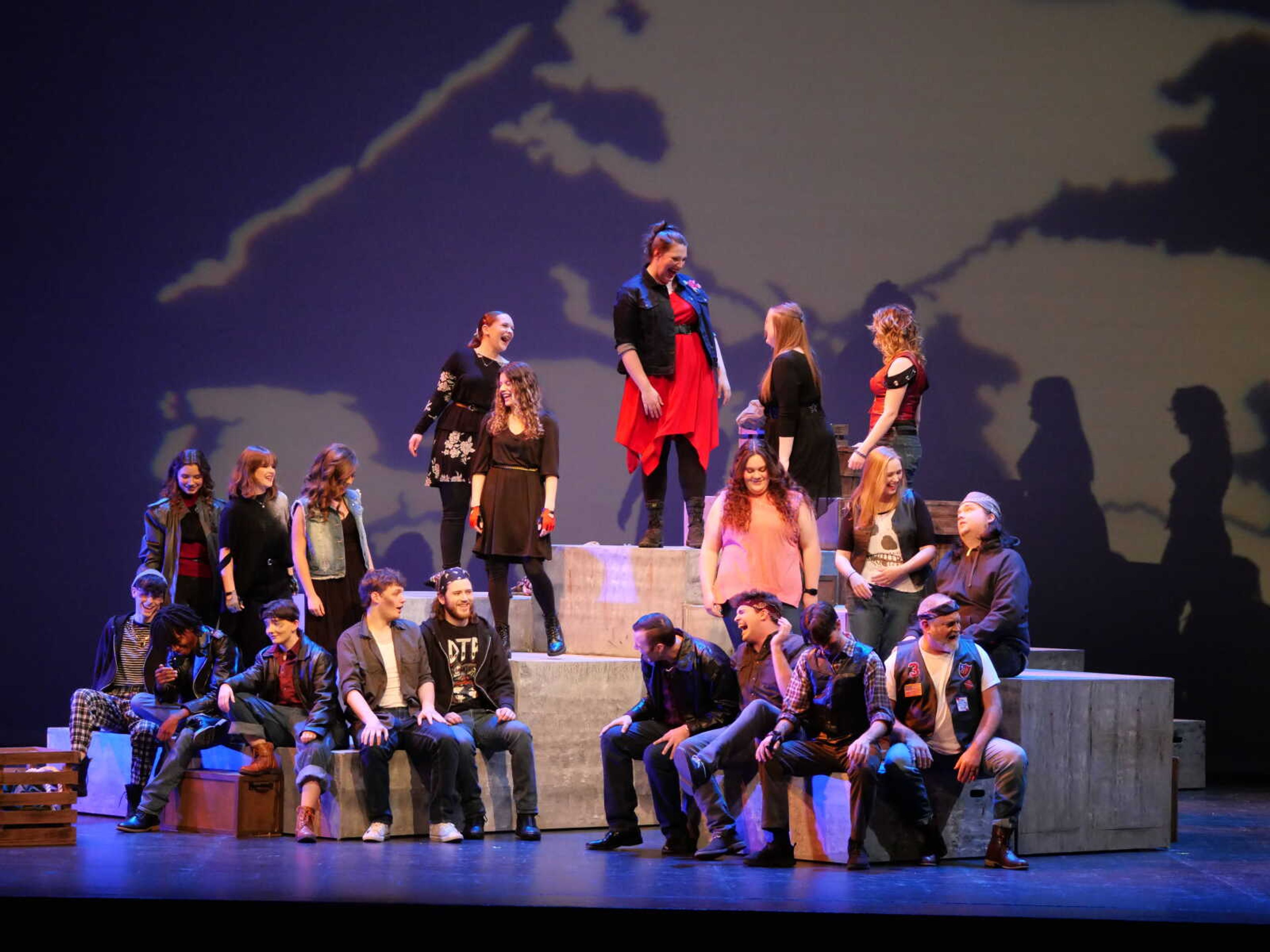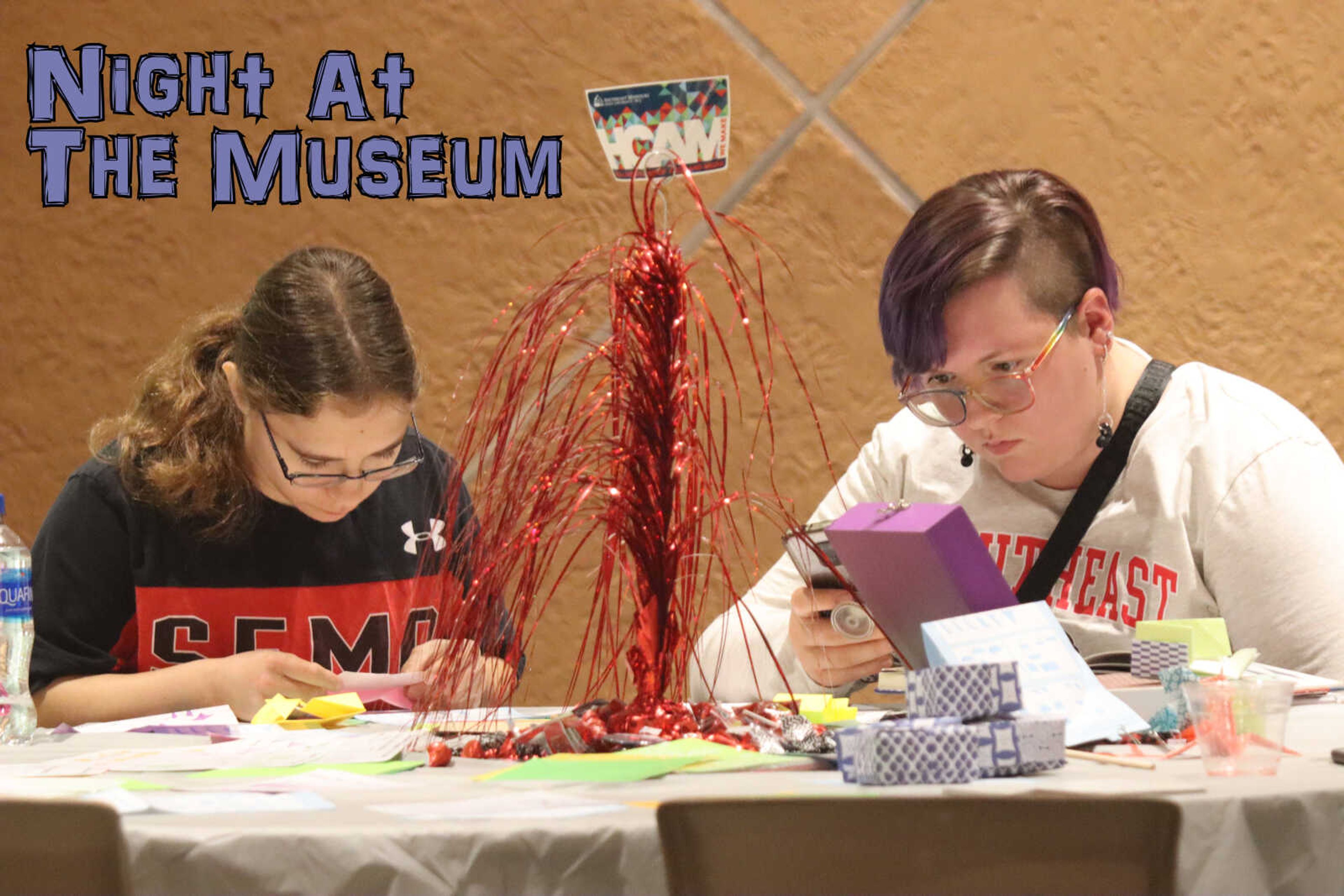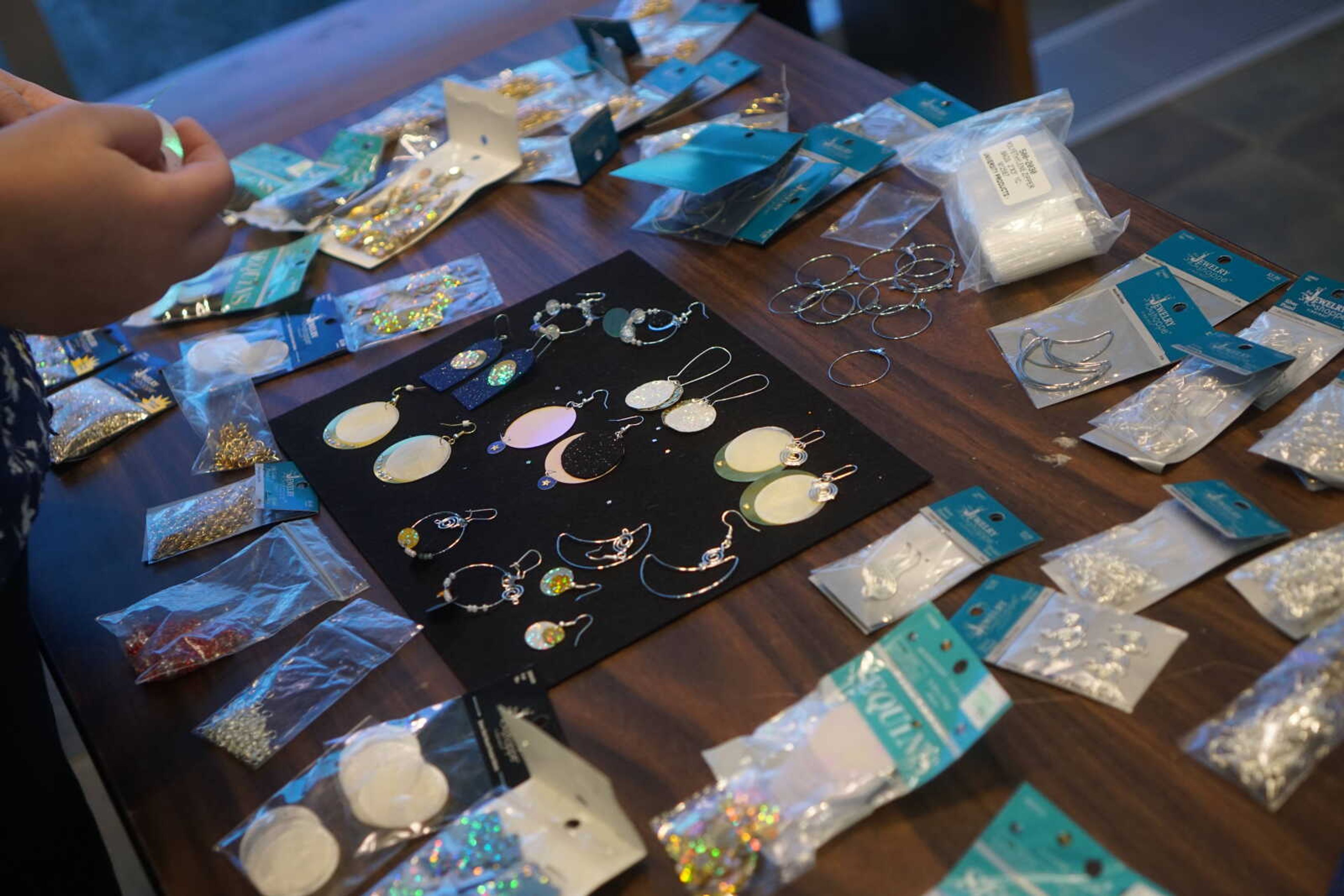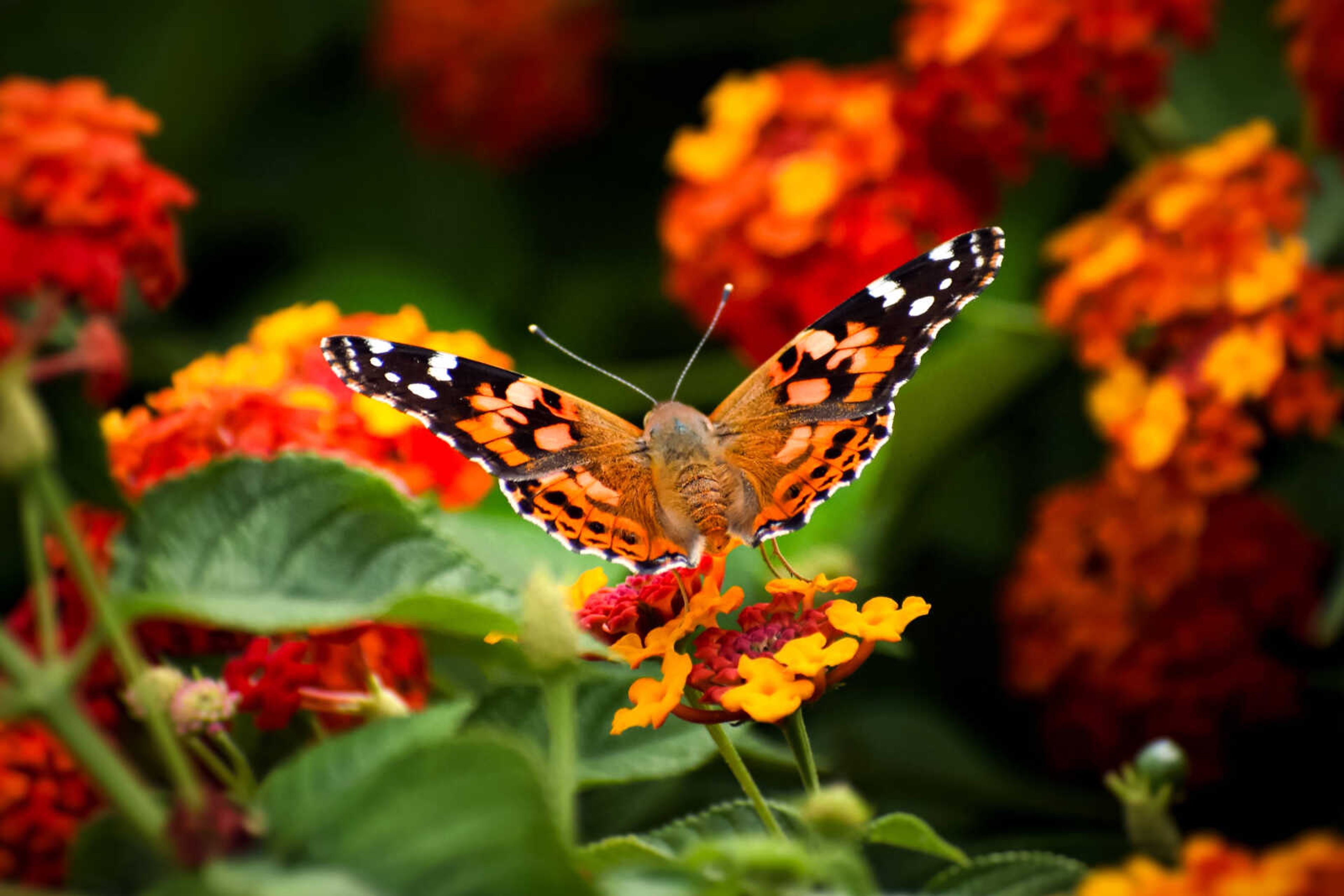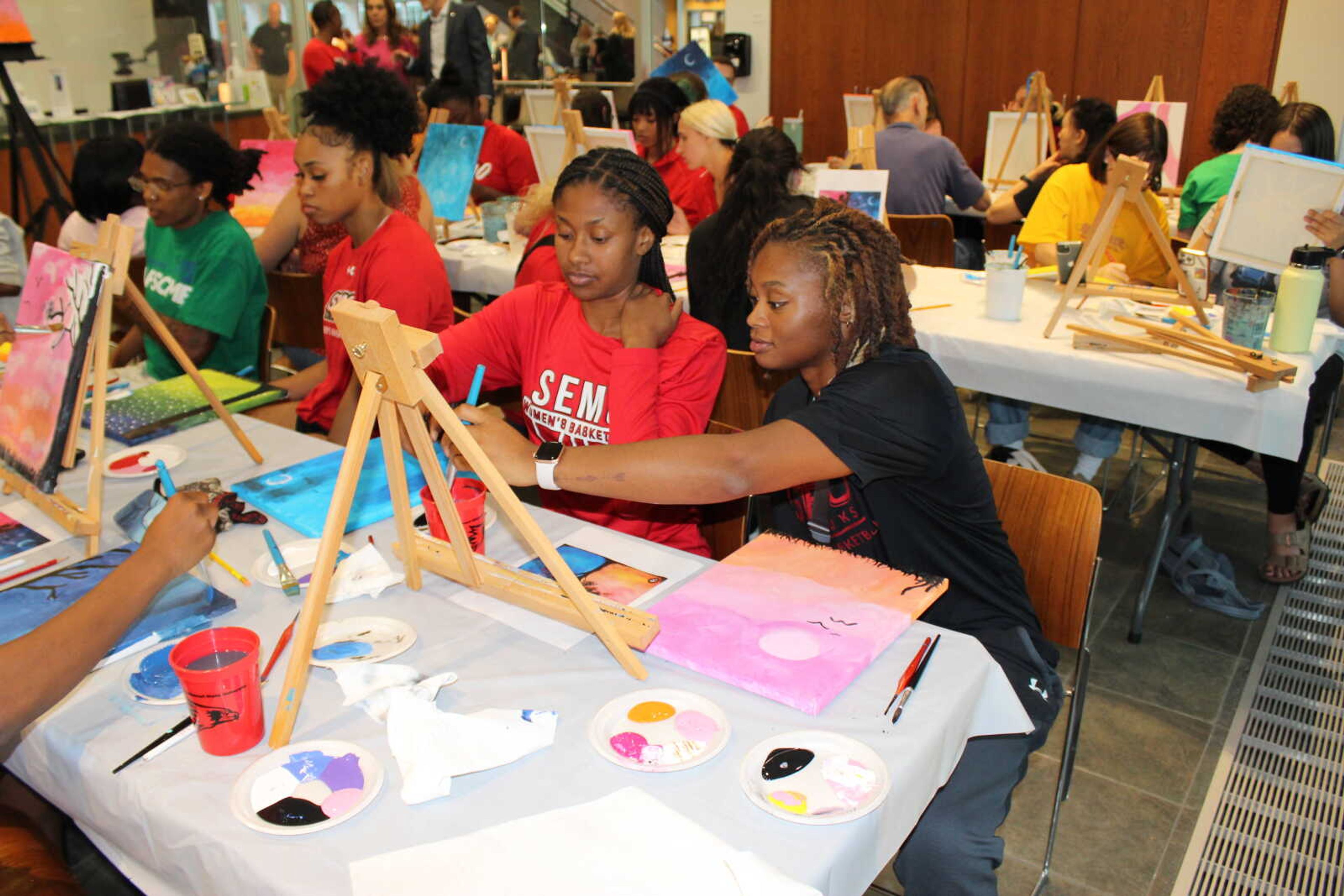SEMO’s Charles Hutson Greenhouse hummed with activity on Sept.16, 2023, during the annual Mummums and Pawpaws Fall Fest.
Hundreds of mums, pumpkins, and other colorful and exotic species lined pathways, shelves, and carts for people to admire and purchase.
The Pawpaw was also on display. Pawpaws are an important but largely underappreciated North American fruit.
A BBC Travel article explains how the fruit is used and why it's not common in modern American households.
According to a 2022 National Geographic article, the pawpaw is the largest native tree fruit and was a staple of the pre-Columbian diet.
The event showcased the plants students grew and gave the community a glimpse into the hard work agriculture students put in throughout the year.
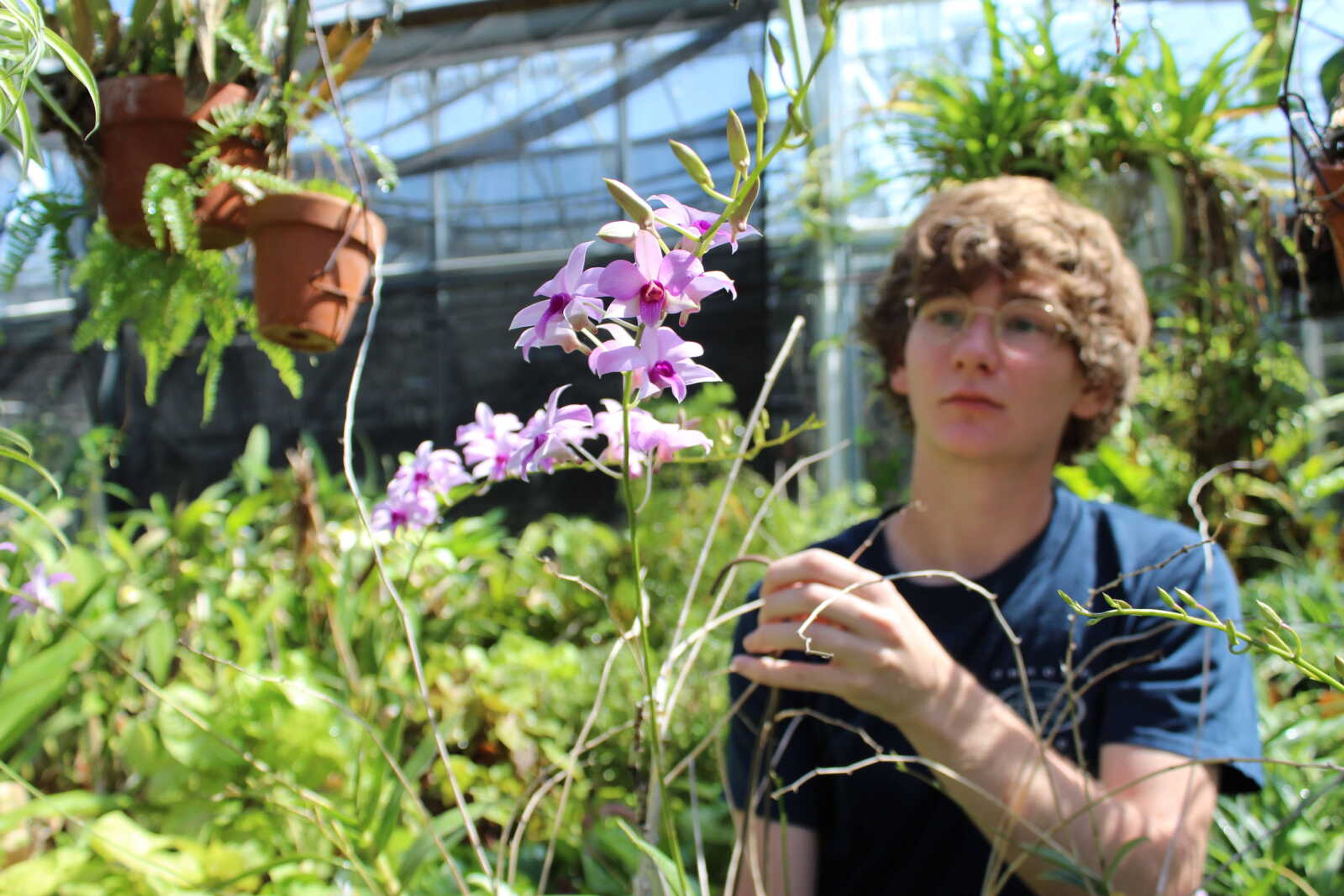
According to greenhouse manager Melissa Holmes, the greenhouse is the largest student-run production greenhouse in the nation.
“It’s not so much the square footage, although we do have a good amount of square footage. It’s because we’re open as a full retail store all year,” Holmes said. “The students do customer service, all of the growing, watering, fertilization, propagation, sowing, and up-potting. You name it, they do it here.”
Charles Hutson Greenhouse was established in 2004 to replace an antiquated setup from the 1970s. It comprises three 4,000 square foot greenhouses with independent computerized controls and several outdoor areas.
The robust facilities have allowed SEMO to participate in research and trials over the last several years. Including yearly research for All American Selection and cannabis trials in 2021 and 2022.
The greenhouse provides students with opportunities to work side by side with industry professionals.
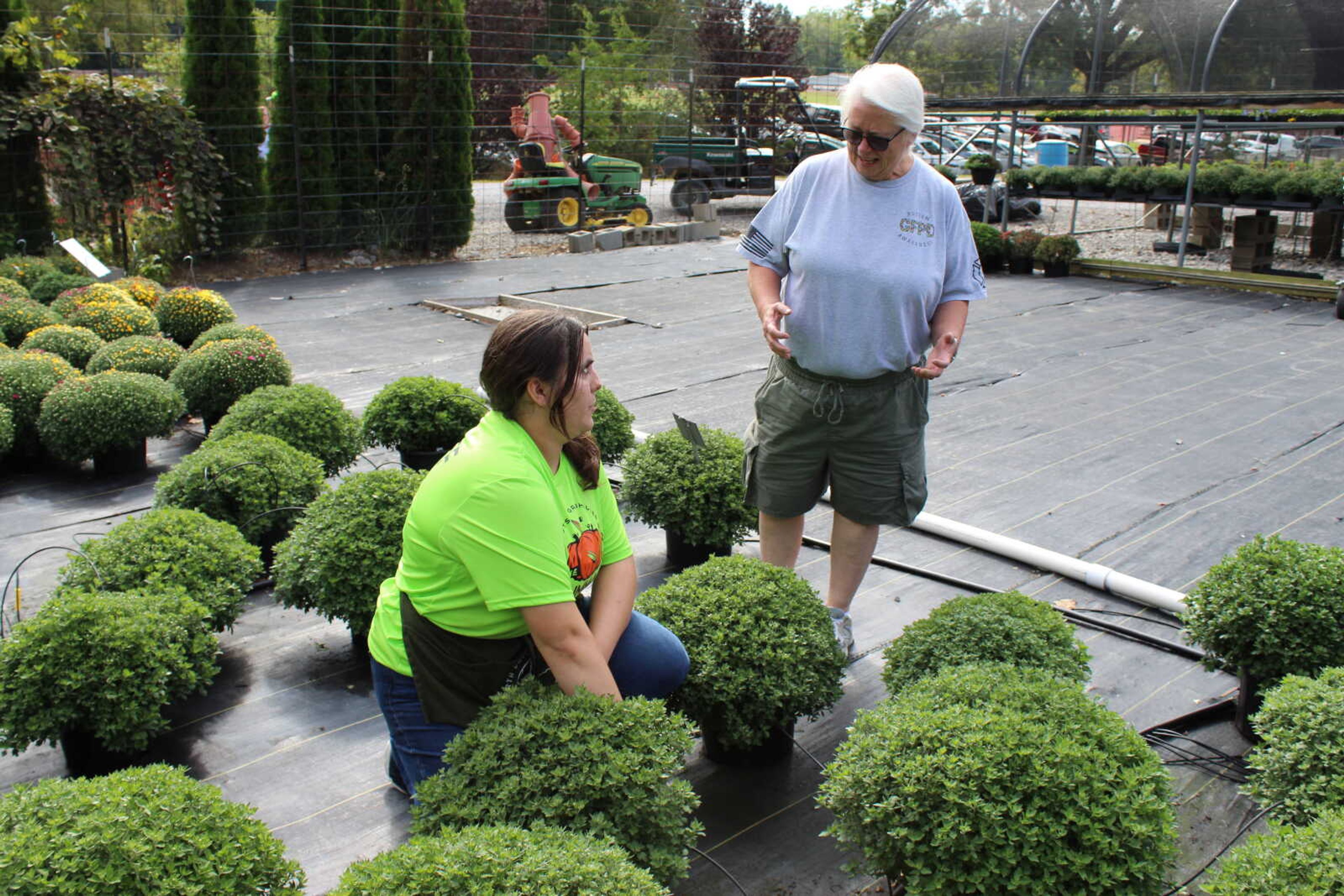
Volunteer Bonnie Svenson spends most of her time helping the Agriculture Department at SEMO. She shares her deep knowledge of horticulture from her time as a professional in the field.
Svenson especially appreciates the practical nature of education with the greenhouse.
“Horticulture is so hands-on. Any Agriculture profession is not nine to five. It’s weather dependent,” Svenson said.
Hands-on work opens many opportunities for students once they’ve completed their education.
“Every time I have a student applying, Bayer Greenhouses [An agricultural biotechnology business] wants them because they worked at the greenhouse. They’re coming into the position with more experience than any other candidate,” Holmes said.
Students also find community and purpose within the program.
Senior agribusiness: horticulture and plant and soil science double major Ben Stack gains insight not only from the professors, but from other students as well.
“I’m from St. Louis and we don’t have a big agriculture situation up there. But a lot of the students here have a background growing up on a farm. Working here helps me,” Stack said.
The only downsides for Stack are the mosquitoes and the heat.
Students outside of the agriculture department can experience it for themselves as volunteers or as part of the Horticulture Club.
Those who want to liven up their dorms can own SEMO grown greenery for 10% off with a student I.D.

